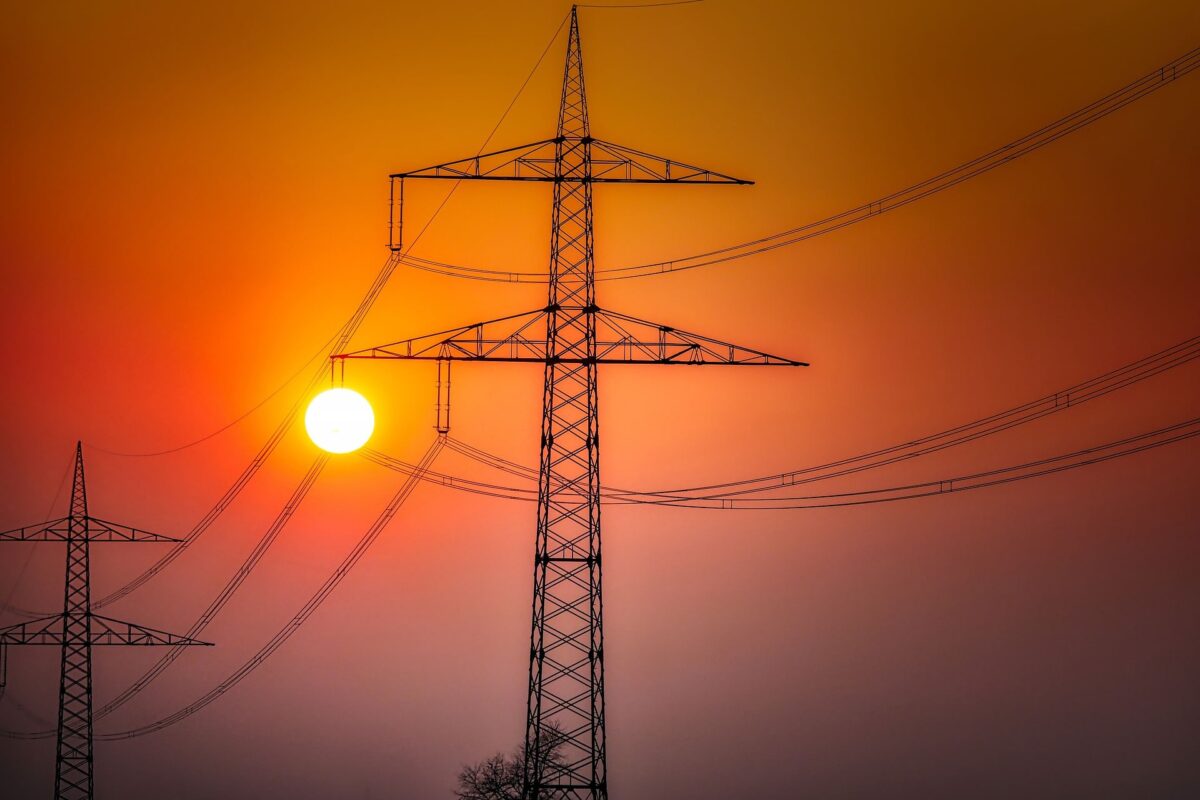Portland General Electric (PGE) and NextEra announced the completion of the Wheatridge Renewable Energy Facility a first-of-its-kind renewable energy project that consists of a 300 MW wind farm, which began operation in December 2020, a 50 MW solar facility, and a 30 MW battery storage system.
Wheatridge represents one of the first projects ever built in the United States to combine wind generation, a solar array, and an onsite battery energy storage system (BESS). NextEra said that more battery storage could be installed as the site as the technology matures and the system’s current battery ages. In NextEra’s second-quarter 2019 earnings call, the company revealed that battery duration is four hours, meaning the BESS clocks in at 120 MWh.
In the Supplemental Materials I and II of the project’s development documents, it is noted that the solar systems will be composed of single-axis trackers within the “micrositing corridors” of the project. In the image below, the solar inverters are the tiny red dots and the battery packs that make up the BESS are the blue dots within the orange solar border fences. Notice how they’re distributed among the solar in consistent patterns. These “micrositing” patterns were specifically chosen by NextEra’s engineers to maximize the production at the facilities.

PGE owns 100 MW of the wind project, while a subsidiary of NextEra owns the balance of the project and is selling the electricity generated to PGE under 30-year power purchase agreements.
Approximately 300 jobs were created at Wheatridge during construction, and 10 full-time employees will operate the combined facilities. A new transmission line was constructed to carry power from the project to PGE customers in Portland and the north Willamette Valley.
With the successful construction of Wheatridge, NextEra expects more facilities that locate three or more renewable resources at the same site to be considered for development and brought to life in the coming years.
A 2018 study by scientists at the University of California, Irvine; the California Institute of Technology; and the Carnegie Institution for Science, modeled a solar-heavy/wind power electricity grid, without nationwide HVDC, that could reliably deliver 80% of US electricity needs.
To achieve that feat, the United States would have to install massive amounts of storage with 12 total hours of duration. To raise the figure to a 100% wind+solar US electricity grid, the storage component would have to jump from 12 hours to 3 weeks in duration.
This content is protected by copyright and may not be reused. If you want to cooperate with us and would like to reuse some of our content, please contact: editors@pv-magazine.com.








Problem with Li-batteries besides cost are:
1. 10% roundtrip charge/discharge loss…worse than a a few hundred miles of transmission lines. And twice the national average 5% overall transmission loss.
2. Storage capacity decline up to 3%/year, looking at 10 year replacement or 3 to 4 times during the lifetime of solar panels charging them, especially at higher temperatures.
3. Capacity losses at low temperatures.
4. Risk of thermal runaway and fire at high temperatures.
Hence why I couldn’t justify them as backup for my rooftop system.
But perhaps utility scale economics and other installation provisions can address problems residential installations can’t.
Nuclear “batteries”, aka REACTORS are best, come fully charged and last for several decades! Get on it…
And breeder reactors can produce more fuel than they consume!
So…What the heck are we waiting for?
Overturn Jimmy Carters 1977 executive order against reprocessing nuclear fuels and figure out how to do it right and safely like Japan, China, Russia, Israel and Pakistan have been doing for decades. Avoids having to bury atomic waste as we’ve been doing since 1977.
Nuclear can be our cleanest greenest electric energy future 24/7. And provide all the fuel the world needs for FOUR BILLION YEARS.
Can we get a link to that 2018 modeling study?
As a local Oregon solar installer, we LOVE to see this! Solar energy in Oregon is growing rapidly, and bolstering the renewable portfolio of the state is going to make us a leader moving forward.